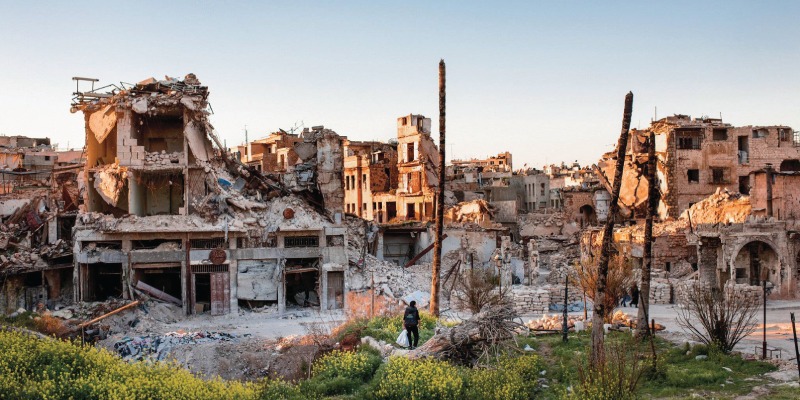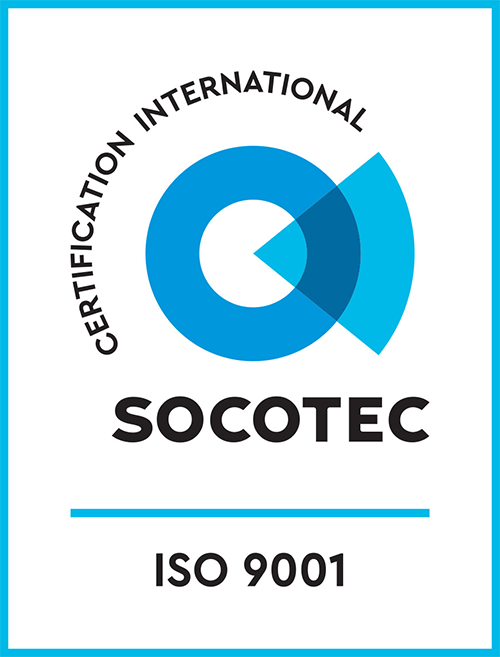Aleppo is a city located in Syria, known to be the largest city in the country and one of the oldest cities to be populated. Aleppo was a city full of historic buildings, and a hub for trading, art and culture as well.
The war in Aleppo started in 2012, resulting in a huge loss of lives and properties. These destroyed living in Aleppo to an extent where ancient practices and cultures were forced to be diminished totally or moved to other foreign lands.
Our Aleppo soap has one such story too. This ancient soap existed since 2400 BC, co-originated in Syria by the owner Nabil Andoura. Andoura claims he learned this trade secret of making Aleppo soap from his grandmother whereby laurel oil from bay leaves is mixed with olive oil and made into soap bars. This traditional method has been passed down for centuries without any changes.
When public bathing (also known as hammam baths) became more widespread in Syria, the Aleppo soap also gained popularity due to its rich texture and healing properties for the skin. The strategic position of Syria along the silk route helped popularize the soap, and improved the country’s economy through export.
Andoura took this trade secrets and grew his own empire, building a profitable business exporting to countries across the world. Sadly, in 2011 he was forced to flee Syria due to the war, which was affecting people’s livelihood, business, and safety. He then moved briefly to Beirut, and has now settled in Vienna to continue the unique tradition of Aleppo soap making.

What Makes Aleppo Special?
While Aleppo has had a turbulent history, there must be something special in it for the practice to survive for so long and for the soap to be used all over the world.
The secret lies in the skilled and deep rooted craft and in the quality of the raw ingredients, which come together to create this remarkable product.
If we were to follow the procedure step by step, it would look like this:
1. Olive oil is poured into a special vessel and mixed with sodium carbonate originated from desert plants, and the mixture is heated to almost 200℃.
2. The oil breaks down and releases glycerine. This process is called saponification and happens prior to the laurel oil being added.
3. Subsequently, the mixture is poured into a basin-like shallow swimming pool where it is left to chill and harden.
4. Once the soap is congealed and becomes more firm, it is cut by hand with special tools, stamped and allowed to dry.
5. The bars are stacked, one over the other, always leaving space between each bar to encourage air circulation throughout the chamber so that each piece of soap dries well on all sides. This process takes 8 to 12 months.
Despite the ruins of the Aleppo city, it continues to make its name through various ways and our Aleppo soap is one of the many. Its high laurel oil content provides for moisturizing and high antimicrobial properties that provides a remedy for multiple skin conditions and ailments. At Herbal Pharm, we are proud to bring you this traditional soap crossing oceans, only for you to have the best from the rest.
References
Arthur, G. (2013). BBC News. Aleppo Soap. War Threatens an Ancient Tradition. Retrieved from: https://www.bbc.com/news/magazine-22541698
France24. (2019). France24. The Scent of soap Making Returns to Aleppo. Retrieved from: https://www.france24.com/en/20190322-scent-soap-making-returns-aleppo
Wallaya, N. (2019). In Syria, War and Modernity are No Match for The World’s Oldest Soap. Retrieved from: https://www.atlasobscura.com/articles/in-syria-war-and-modernity-are-no-match-for-the-worlds-oldest-soap
Cobiella, K, & Gaslowe, G. (2018). NBC News. Aleppo’s Reconstruction is in Full swing after Years of war. Retrieved from: https://www.nbcnews.com/news/world/syrians-returning-aleppo-confront-hope-hardship-n905231



















